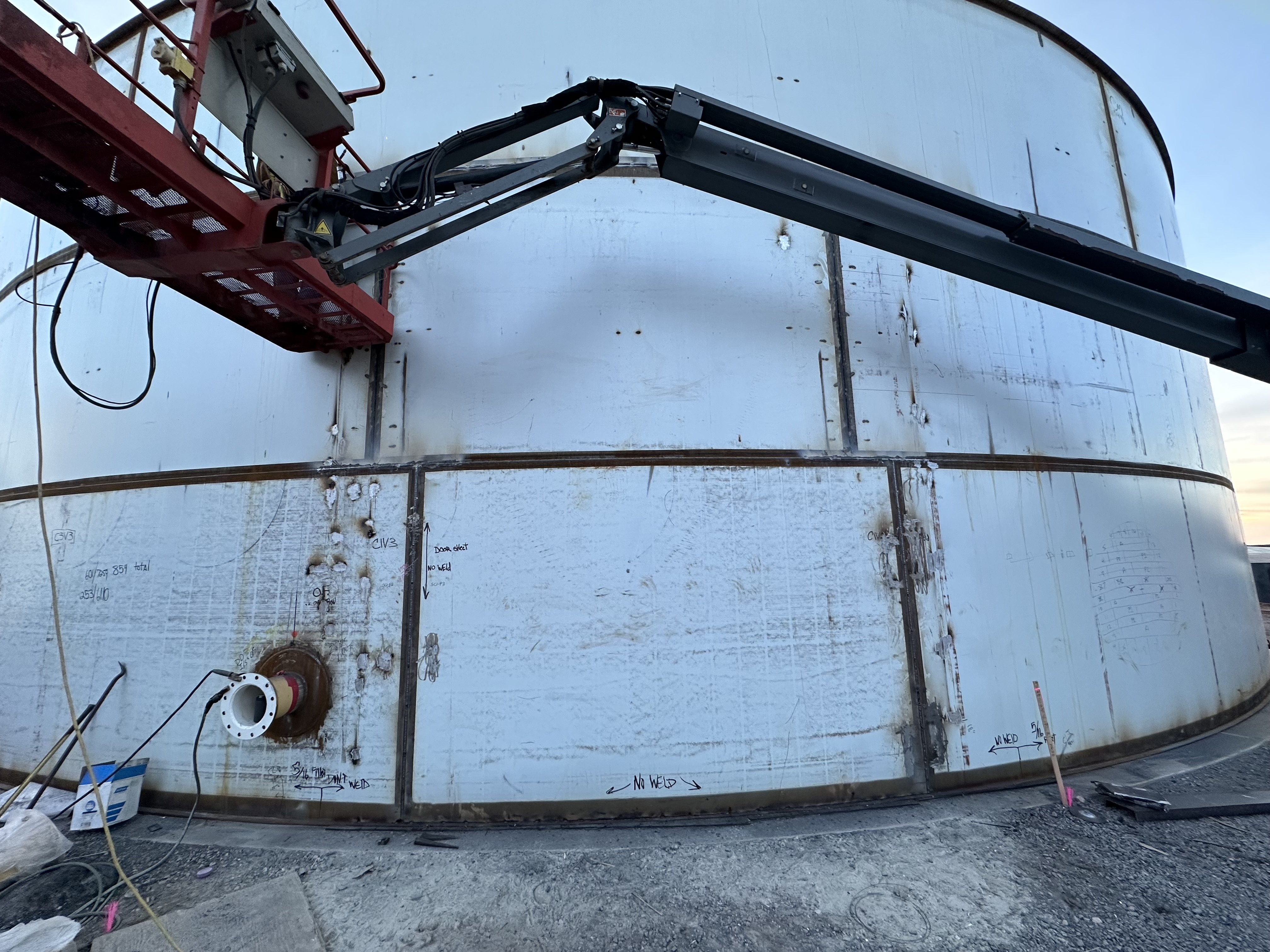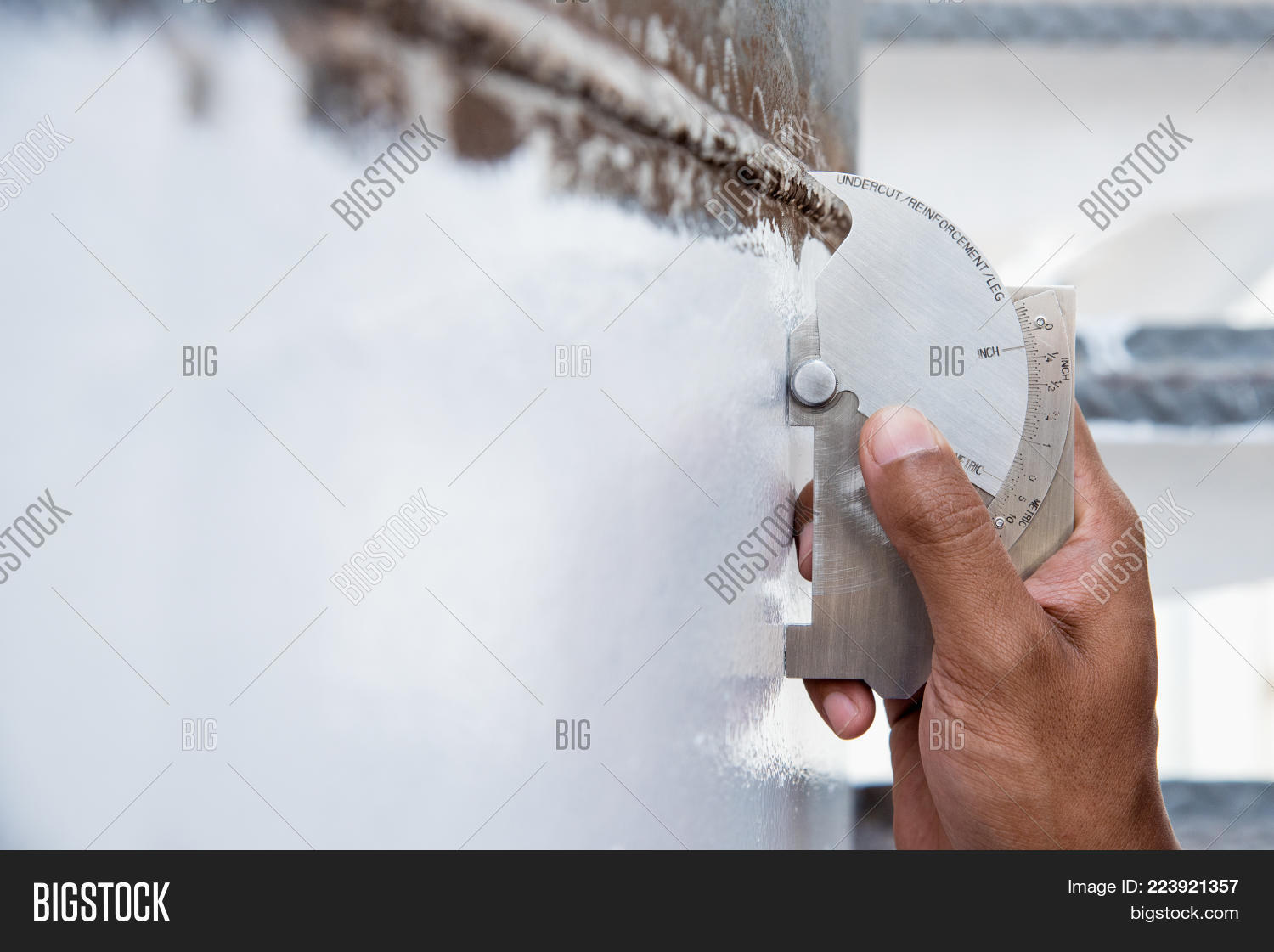Understanding the Key Steps in Tank Welding Inspection Procedures
Understanding the Key Steps in Tank Welding Inspection Procedures
Blog Article
Comprehensive Overview to Effective Storage Tank Welding Examination Techniques and Best Practices for Top Quality Guarantee
In the realm of container welding, rigorous examination techniques are vital for securing structural stability and ensuring conformity with market regulations. This overview offers an organized technique to different assessment methods, including visual evaluations and non-destructive screening, which play an essential role in detecting imperfections prior to they escalate right into serious concerns. Furthermore, the value of thorough documentation and the implementation of continuous renovation practices can not be overstated. As we check out these vital parts, it ends up being clear that an aggressive examination method is not simply beneficial, yet essential for operational success in settings taking care of hazardous products.
Importance of Container Welding Inspection

Storage tank welding evaluation works as a preventative action, recognizing prospective defects such as cracks, porosity, or incorrect joint penetration before they escalate right into significant problems. Routine assessments not just follow industry guidelines and criteria but additionally improve the long life of the storage tanks, lowering the requirement for expensive repair work or replacements.

Aesthetic Assessment Techniques
Using organized visual assessment methods is crucial for evaluating the top quality and stability of welded joints in tanks. This approach offers as the initial line of defense in determining prospective flaws such as cracks, undercuts, and insufficient infiltration. The examiner needs to come close to the task with an eager eye, using ideal devices like multiplying glasses, flashlights, and mirrors to improve exposure.
Throughout the examination process, the inspector ought to assess the weld account, guaranteeing it complies with specified criteria and standards (Tank Welding Inspection). This includes taking a look at the grain width, height, and combination with the base product. Assessors must additionally pay close interest to the bordering locations for indicators of thermal distortion or contamination that may affect the weld's performance
Paperwork of findings is vital; examiners ought to tape any anomalies, categorizing them by try this website severity for further assessment. This methodical strategy not only aids in immediate defect identification but additionally adds to lasting quality control by making sure conformity with market requirements. Routine training and calibration of visual evaluation techniques additionally improve the dependability of assessments, ultimately resulting in safer and extra resilient tank structures.
Non-Destructive Examining Methods
Non-destructive screening (NDT) methods are regularly used in tank welding assessments to examine the integrity of bonded joints without jeopardizing their architectural stability. These techniques are important for determining flaws such as splits, voids, and inclusions that can bring about devastating failings if left undetected.
Usual NDT techniques consist of ultrasonic testing (UT), which uses high-frequency sound waves to find internal defects; radiographic screening (RT), employing X-rays or gamma rays to envision weld frameworks; and read this post here magnetic fragment screening (MT), which reveals surface area and near-surface suspensions in ferromagnetic materials (Tank Welding Inspection). Liquid penetrant screening (PT) is likewise extensively made use of, with the ability of detecting surface-breaking flaws by applying a fluorescent or shade comparison dye
Each NDT approach has its specific applications and advantages, making it crucial for examiners to pick the proper strategy based on the product and the kind of weld being assessed. The integration of these NDT techniques into the evaluation procedure enhances the overall quality control structure, making certain that welded containers meet security and performance criteria. Ultimately, NDT plays a vital duty in keeping the honesty and durability of container structures in numerous industrial applications.

Documents and Reporting
Making certain detailed documentation and coverage during tank welding assessments is essential for preserving conformity with sector requirements and promoting reliable interaction amongst stakeholders. Correct documentation works as a thorough record of inspection activities, searchings for, and any type of restorative actions taken throughout the welding process. This details is essential not only for quality control yet likewise for audits and regulatory reviews.

A well-structured assessment report additional info must consist of information such as the day of assessment, names of assessors, welding procedures utilized, products used, and any kind of discrepancies from developed requirements. Furthermore, pictures and diagrams can enhance the clearness of the record, giving visual context to the searchings for. It is likewise crucial to document any kind of non-conformities in addition to their resolution, making sure that all stakeholders are educated of possible threats and the actions required to reduce them.
In addition, preserving a central data source for all examination reports permits for simple access and review, fostering a culture of openness and liability. By prioritizing precise documentation and coverage, organizations can not just copyright quality control however also reinforce their credibility within the industry, inevitably bring about boosted safety and operational performance.
Continual Improvement Practices
Continuous enhancement methods are necessary for enhancing the high quality and effectiveness of tank welding evaluations. One efficient strategy includes routine training and upskilling of examination workers to stay abreast of the most recent welding modern technologies and criteria.
Moreover, using data-driven analysis allows companies to track evaluation results, determine fads, and identify areas for renovation. Utilizing devices such as origin cause analysis can help in comprehending the underlying problems leading to flaws, allowing targeted treatments. In addition, soliciting feedback from assessment teams and stakeholders produces a joint environment that motivates cutting-edge options.
Integrating innovative technologies, such as automatic evaluation systems and real-time surveillance, can substantially enhance the precision and rate of assessments. Normal audits of the evaluation processes also add to a culture of responsibility and continuous refinement. Eventually, these continual enhancement techniques not just elevate the top quality of storage tank welding inspections but additionally add to overall operational excellence and customer satisfaction.
Verdict
In verdict, effective container welding assessment is essential for making sure the structural honesty and safety of storage space systems, particularly those dealing with dangerous products. Using a mix of visual assessment techniques and non-destructive screening approaches promotes the early identification of defects, consequently preserving compliance with sector criteria.
Report this page